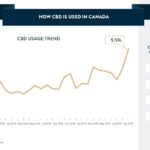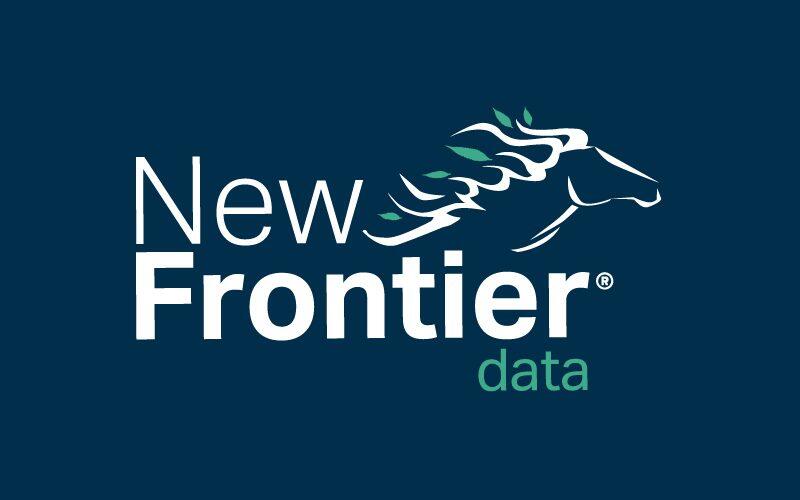The Cannabis Act Era Expands Addressable Market in Canada

One Year Anniversary Of Canada’s Cannabis Adult-Use Legalization: Illicit Consumption To Decline To 14% Of Total Market By 2024
October 25, 2019
Canadian CBD Usage
October 27, 2019By Rob Kuvinka, Data Science Manager, New Frontier Data
year of legal, regulated sales
After a full of cannabis in Canada, and armed with nine months’ worth of data from Statistics Canada (October 2018 to July 2019) and additional intelligence sourced from private companies, New Frontier Data has analyzed and aggregated the impacts and some lessons learned about federal legalization in a large country.
The performance of the adult-use market not only provides invaluable strategic insights for businesses across the three industry sectors, but also serves as a referential guide for governments worldwide which are contemplating cannabis legalization.
The National Cannabis Survey (run by Statistics Canada) shows that the Cannabis Act era has expanded the number of consumers in Canada. In 2019, 17% of people 15 years and older reported having consumed during the previous three months, with men consuming at nearly twice the rate as women (21% vs. 12%), which marked a statistically significant increase from early 2018 (which saw a 15% usage rate). The boost has been driven by lower-usage groups – more consumers reporting infrequent or occasional use – and people in older age ranges (i.e., 45 and up). The number of daily and almost-daily users has remained unchanged from the prior year, at 6.1%.
In the first half of 2019, dried cannabis remained the most popular product category, consumed by 77% of consumers. Edibles (26%), liquid concentrates (20%), cannabis oil cartridges or vape pens (19%) and hashish or kief (16%) were the other top categories. Product mix usage rates do not seem to vary by gender or age in Canada. These product usage rates are comparable to the United States, although there is a slightly higher preference for hash/kief and liquid concentrates in Canada, a slightly higher preference for dried flower and solid edibles in the United States. Statistics Canada has found that quality and safety are, by a wide margin, the primary factors considered by consumers when making purchasing decisions.
Within the evolving cannabis consumer market, data provided by Strainprint™, a medical cannabis data company, shows how momentum in the popularity of CBD-only products has grown in Canada over the past year. In fact, CBD-only products are now used in 9% of cannabis sessions tracked, up 4% from a year ago. CBD oil products are used far more frequently by females than males (particularly among the 35-44 age group), with inflammation, anxiety, nerve pain, muscle pain, and depression, respectively, ranking among the five most frequently treated symptoms reported by customers. It is also common to see patients using products with higher concentrations of THC in the CBD:THC ratio (e.g., 10:1 or 1:1) and full-spectrum blends (oils containing terpenes and cannabinoids, including CBD/CBN/CBG).
As news about vaping-related illnesses and fatalities has escalated in recent months, the strong public concern surrounding quality and safety should likewise be central focus among vaporizer companies targeting the Canadian market. However, brands interviewed reportedly anticipate robust consumer demand for vapes when launched, even with the heightened safety concerns. Most brands acknowledged paying close attention to the mysterious crisis, but continue to consider vapes as a central pillar within their products strategy and anticipate only a limited impact on demand.
New Frontier Data’s new release, The Canada Cannabis Report: 2019 Industry Outlook offers more information about how the Cannabis Act has impacted Canada’s medical and illicit markets, and further insights about consumer trends, financial markets, job creation, and medical exporting opportunities.




